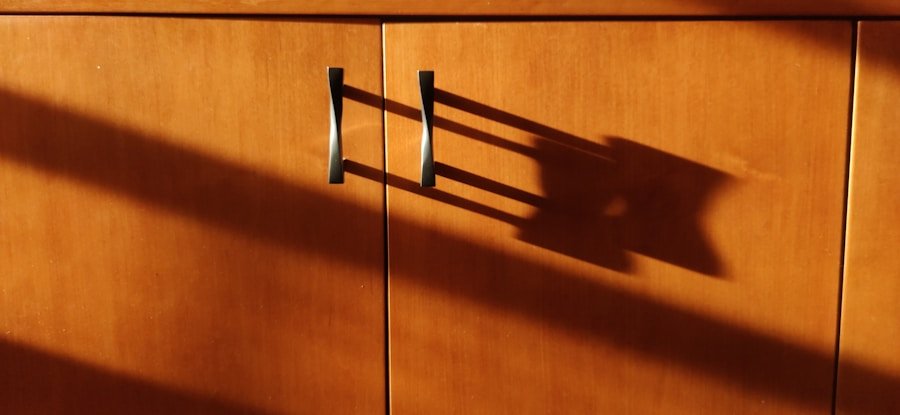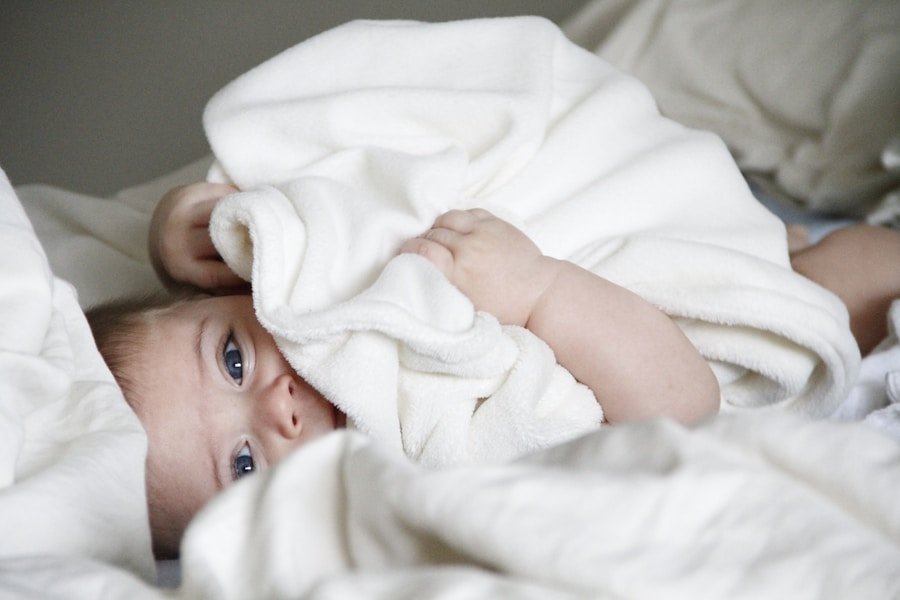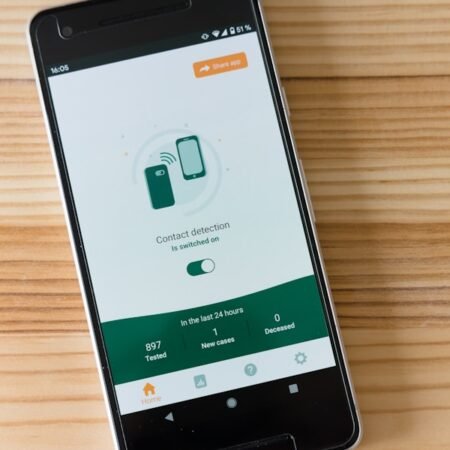Installing cabinet and drawer locks is a crucial initial step in baby-proofing the kitchen. These locks are vital for preventing children from accessing potentially hazardous items, such as cleaning products, sharp objects, and food items that can pose a choking risk. The market offers a range of lock options, including magnetic, adhesive, and sliding locks.
Magnetic locks are a popular choice due to their discreet design and ease of installation, which does not require drilling. Adhesive locks are suitable for renters or those who prefer not to damage their cabinets with hardware. Sliding locks are another effective option and can be easily adjusted to fit various cabinet and drawer sizes.
Regardless of the lock type chosen, it is essential to install them on all cabinets and drawers within the child’s reach to ensure maximum safety. In addition to locks, safety gates are another vital component of kitchen baby-proofing. These gates can be used to block off areas of the kitchen that may be unsafe for young children, such as the stove, oven, or other potentially hazardous zones.
The market offers a variety of safety gate options, including pressure-mounted, hardware-mounted, and retractable gates. Pressure-mounted gates are a popular choice as they can be easily installed without drilling, making them an ideal option for renters or those who do not want to damage their walls. Hardware-mounted gates provide added security for areas that require a more permanent solution.
Retractable gates are also a good option for those who want a gate that can be easily retracted when not in use.
Key Takeaways
- Use cabinet and drawer locks to prevent babies from accessing potentially dangerous items.
- Install safety gates to keep babies away from the kitchen area when not supervised.
- Consider using stove and oven guards to prevent burns and accidents.
- Use childproof latches for appliances to prevent babies from turning them on or accessing them.
- Securely anchor furniture and appliances to prevent tipping and accidents.
Stove and Oven Guards
Stove and oven guards are another important aspect of baby-proofing the kitchen. These guards are designed to prevent children from accidentally turning on the stove or oven, as well as protecting them from hot surfaces. There are a variety of guards available on the market, including knob covers, stove guard barriers, and oven locks.
Knob covers are a popular choice as they can easily be placed over stove and oven knobs to prevent children from turning them on. Stove guard barriers are another effective option and can be used to create a physical barrier between children and the stove or oven. Oven locks are also a good choice for preventing children from opening the oven door and coming into contact with hot surfaces.
Whichever type of guard you choose, be sure to install them properly and regularly check for any signs of wear or damage.
Childproof Latches for Appliances
In addition to cabinet and drawer locks, childproof latches for appliances are another important aspect of baby-proofing the kitchen. These latches are designed to prevent children from opening appliances such as the dishwasher, microwave, or refrigerator, which could potentially pose a danger to them. There are a variety of latches available on the market, including adhesive latches, sliding latches, and magnetic latches.
Adhesive latches are a popular choice as they can be easily installed without the need for drilling, making them a great option for renters or those who do not want to damage their appliances. Sliding latches are also an effective choice and can be easily adjusted to fit different appliance sizes. Magnetic latches are another good option for those who want a discreet and secure solution for keeping appliances closed.
Securely Anchoring Furniture and Appliances
| Tip | Description |
|---|---|
| Install cabinet locks | Prevent access to dangerous items such as cleaning products and sharp objects. |
| Use stove knob covers | Prevent children from turning on the stove and causing accidents. |
| Secure heavy appliances | Anchor large appliances like the oven and refrigerator to prevent tipping. |
| Keep small objects out of reach | Store small items like magnets and utensils in high cabinets or drawers. |
| Use corner guards | Protect children from sharp corners on countertops and tables. |
Another important aspect of baby-proofing the kitchen is to securely anchor furniture and appliances to prevent them from tipping over. This is especially important for items such as bookshelves, cabinets, and large appliances that could potentially pose a danger to young children if they were to fall over. There are a variety of anchoring devices available on the market, including furniture straps, anti-tip brackets, and earthquake straps.
Furniture straps are a popular choice as they can easily be installed to secure items such as bookshelves and cabinets to the wall. Anti-tip brackets are another effective option and can be used to secure large appliances such as refrigerators and ovens. Earthquake straps are also a good choice for those who live in areas prone to seismic activity and want to ensure their furniture and appliances remain secure in the event of an earthquake.
Safe Storage for Cleaning Products and Sharp Objects
Safe storage for cleaning products and sharp objects is another essential aspect of baby-proofing the kitchen. It is important to store these items out of reach of young children to prevent accidental ingestion or injury. Consider installing high locks or latches on cabinets where cleaning products are stored, as well as using childproof containers for items such as dish soap or dishwasher detergent.
Sharp objects such as knives should also be stored in a secure location, such as a locked drawer or knife block, to prevent children from accessing them. Additionally, consider using safety locks on drawers where sharp objects are stored to provide an extra layer of protection.
Keeping Small Objects Out of Reach
Finally, it is important to keep small objects out of reach of young children when baby-proofing the kitchen. Small items such as magnets, coins, or small toys can pose a choking hazard if ingested by young children. Be sure to regularly check the floors and countertops for any small objects that may have fallen or been left out, and store small items in secure containers or drawers where children cannot access them.
Additionally, consider using outlet covers on electrical outlets to prevent children from inserting small objects into them. In conclusion, baby-proofing the kitchen is an essential step in ensuring the safety of young children in the home. By installing cabinet and drawer locks, safety gates, stove and oven guards, childproof latches for appliances, securely anchoring furniture and appliances, safe storage for cleaning products and sharp objects, and keeping small objects out of reach, parents can create a safe environment for their little ones to explore and play in.
It is important to regularly check these safety measures for any signs of wear or damage, and make any necessary adjustments to ensure maximum safety at all times. By taking these steps, parents can have peace of mind knowing that their kitchen is a safe space for their children to grow and thrive in.
FAQs
What are the common hazards in the kitchen for babies?
Some common hazards in the kitchen for babies include sharp objects, such as knives and scissors, hot surfaces like stovetops and ovens, electrical appliances, and small objects that can be choking hazards.
How can I baby-proof the kitchen cabinets and drawers?
You can baby-proof the kitchen cabinets and drawers by installing safety latches or locks to prevent babies from accessing potentially harmful items such as cleaning products, sharp utensils, or small objects.
What are some tips for baby-proofing the kitchen appliances?
To baby-proof kitchen appliances, you can use appliance locks or guards to prevent babies from opening them. Additionally, you should keep cords out of reach and ensure that hot surfaces are properly secured.
How can I make the kitchen floor safe for my baby?
To make the kitchen floor safe for your baby, you should ensure that it is clean and free of any small objects that could be choking hazards. You can also use non-slip rugs or mats to prevent slipping and falling.
What are some ways to prevent burns and scalds in the kitchen?
To prevent burns and scalds in the kitchen, you should use stove knob covers to prevent babies from turning on the stove, keep hot liquids and foods out of reach, and use stove guards to create a barrier between the baby and the hot surfaces.



































